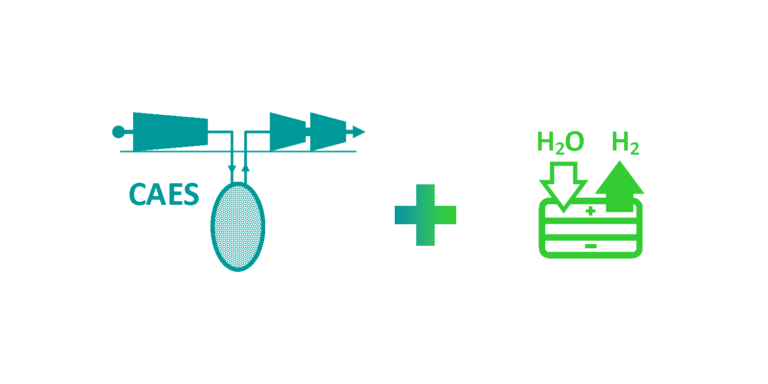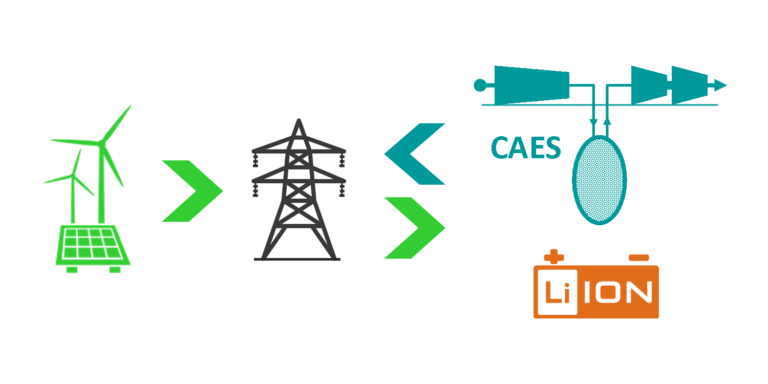CAES and the Energy Transition
Energy transition projects in power generation and hydrogen are pivotal for achieving a cleaner and more sustainable energy landscape. By shifting towards renewable power sources and harnessing the potential of hydrogen, these projects contribute to reducing greenhouse gas emissions and advancing the development of a low-carbon power sector.
Power Generation

Energy transition projects focused on power generation aim to shift away from traditional fossil fuel-based sources to cleaner and more sustainable alternatives. This transition is driven by the need to reduce greenhouse gas emissions. CAES projects answer the need for significantly less emissions and greater fuel efficiency, while providing the same reliability and system benefits as a traditional peakers or combined-cycle facilities.
Hydrogen Fuel

Hydrogen is seen as the fuel source that can facilitate the decarbonization of the power sector. Energy transition projects related to hydrogen focus on its production, storage, and utilization, and “green hydrogen” produced through electrolysis using renewable electricity, is the cleanest option. Such projects involve the construction of electrolyzers and establishing hydrogen infrastructure, including storage facilities and transportation networks. Since a CAES project requires less hydrogen for fuel due to its lower heat rate, this affords CAES projects a higher probability to completely decarbonize and reach zero emissions. Further, significant savings of capital can be realized if production and storage of hydrogen takes place on-site which eliminates the need for transportation infrastructure.
Integration and Synergy

Energy transition projects will involve the integration and synergy between power generation, energy storage and hydrogen. With renewable energy sources such as solar and wind playing a vital role in this, CAES projects will allow for additional generating capacity to be installed and greater penetration of these intermittent renewable resources onto the grid. Excess renewable electricity can also be used to produce hydrogen through electrolysis, providing a fuel source for CAES. Such integrated projects promote the optimization and flexibility of energy systems and the power grid, enabling a more sustainable and resilient energy future.

